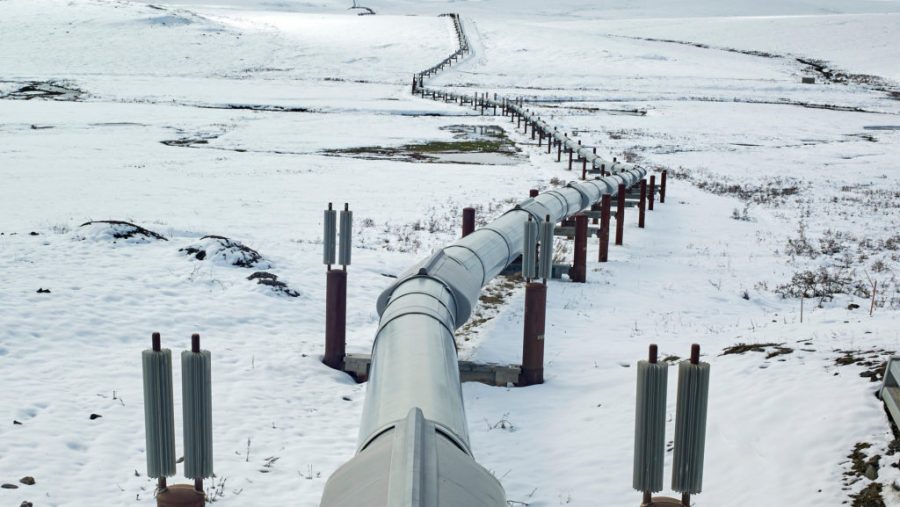The Willow Project: what is going on with the oil project in the arctic?
On Monday, Mar 13, President Joe Biden’s administration announced its approval of an oil and gas drilling project set to take place on Alaska’s North Slope on the National Petroleum Reserve.
Coined the “Willow Project,” the venture is an investment on behalf of ConocoPhillips, a Houston-based energy company and Alaska’s largest oil producer, and features an exploratory drilling camp that is “projected to deliver between $8 billion to $17 billion in new revenue for the federal government, the state of Alaska, and North Slope Borough communities” according to the ConocoPhillips website.
The project was initially approved by the Trump administration which accounts for Conoco’s existing leases in the area and, subsequently, the Biden administration’s lack of leeway in rejection or reduction of the project.
The decision to carry forward the project is justified on the grounds that it would promote economic growth through the creation of job opportunities, “enhance U.S. energy security by increasing domestic oil supply,” and “produce in excess of 180,000 barrels of oil per day at peak production levels” (ConocoPhillips).
The decision to continue with the project sparked an outburst of controversy and was met with an assemblage of angry reactions from climate activists and Alaskan natives alike, all of whom voiced their concerns about the long term environmental and cultural consequences of the project.
The project faces impending legal action from environmental groups, prompting uncertainty in the course of construction. Earth justice, an environmental policy group, is expected to seek an injunction in an effort to block the project from enterprising, which could impede the start of construction for at least a year.
The legal rationale for these objections primarily relies on the environmental aspects of the venture. Calling it a “carbon bomb,” environmentalists predict that “The Willow project will add 239 million metric tons of carbon emissions to the atmosphere over the next 30 years – equivalent to the annual emissions of 64 coal-fired power plants” (Al-Jazeera). In addition to the vast quantity of emissions that would transpire from the project, specialists also anticipate that it could provoke treacherous gas leaks which could spur further environmental issues. Alaskan Natives living close to the drilling site have shared concerns regarding the health and environmental consequences of the project.
By the administration’s own estimates, the Willow Project would produce enough oil to release 9.2 million metric tons of planet-warming carbon pollution annually–equating to the addition of 2 million gas-fueled cars to American roads. Many opposers of the venture argued that the project does not align with Biden’s promised campaign endeavors to move to clean energy.
These climatic statistics and projections evoked a surge in activism, primarily through social media. A petition opposing the project on Change.org alone garnered nearly 1.4 million signatures, actively illustrating the scrutiny in which the project is under.
As tensions inflame between lawmakers and climate activists, the controversy surrounding the Willow Project only increases with it.


